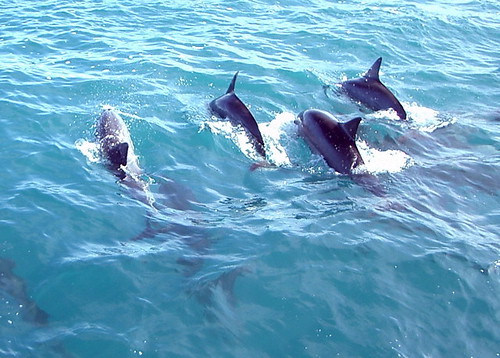This morning I was unable to access my Oracle database which runs on my laptop. It’s the first time I have had this problem.
When I tried to login I saw this.
$ sqlplus foo/foo@dev01 SQL*Plus: Release 10.2.0.1.0 - Production on Thu Jul 3 06:38:20 2008 Copyright (c) 1982, 2005, Oracle. All rights reserved. ERROR: ORA-12514: TNS:listener does not currently know of service requested in connect descriptor
When I tried to login without the TNS alias I saw this:
$ sqlplus foo/foo SQL*Plus: Release 10.2.0.1.0 - Production on Thu Jul 3 06:38:20 2008 Copyright (c) 1982, 2005, Oracle. All rights reserved. ERROR: ORA-01034: ORACLE not available ORA-27101: shared memory realm does not exist
On the internet I saw recommendations to set your ORACLE_SID and ORACLE_HOME environment variables. But on my system ORACLE_SID is not set and ORACLE_HOME is blank. Finally I just tried restarting the OracleServiceDEV01 service and that worked.

